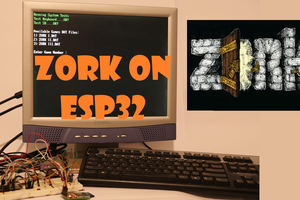Example menu text file: (exactly as you type it)
freecad [T]/usr/bin/flatpak run --branch=stable --arch=x86_64 --command=kicad --file-forwarding org.kicad.KiCad /opt/sublime_text/sublime_text /home/Mike/Downloads/arduino-1.8.19/arduino [T]ls -l [LA]3 /usr/share/playonlinux/playonlinux --run 'Fireworks' firefox xfce4-terminal kcalc [RA]4 meld [NEXT] /home/Mike/AppImages/Stellarium.AppImage [PREV]
 Michael O'Toole
Michael O'Toole

 Chris G
Chris G
 Pinski1
Pinski1
 Snegovick
Snegovick
 talofer99
talofer99
Rewrite old description...
We start with a 480px by 320px background image, it consists of 16 button areas (identified by the red outlined squares). Then using an image editor, we edit a Grid480x320.bmp file and import the desired button icons (64px by 64px images works well) into each of the outlined button icons positions. Once finished, export the final image as menu1.bmp and save to SD card.
Now we need to add a text file named menu1, containing up to fifteen lines of text (macros), these will be triggered when you press the associated button on the display. Menus images are named: menu1.bmp, menu2.bmp, etc... Macros file/text files are named menu1, menu1 etc...
The project uses the Arduino IDE to compile and upload the code, once done, you only need edit the menu text file to change the macro on the SD card. You can have multiple menus each with it's own macro text file, menus can load other menus with [NEXT], [PREV], [HOME] see sample menu text file....